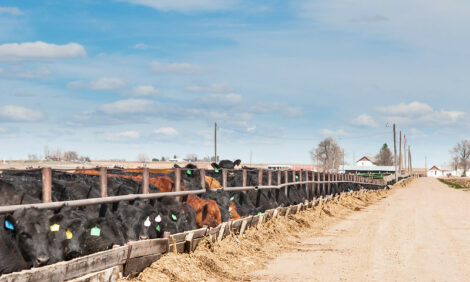



Food Safety Protections for Ground Beef Enhanced
US - This week the US Department of Agriculture’s Food Safety and Inspection Service (FSIS) announced new procedures that will allow the agency to trace contaminated ground beef back to its source more quickly, remove it from commerce, and identify the root cause to prevent it from happening again.These changes build on other initiatives the agency has instituted this summer to improve the safety of ground beef, including a proposed requirement that retailers keep records of their ground beef source suppliers, and new laboratory methods the agency is using to test these products for multiple pathogens at one time.
Typically, a company that produces ground beef uses source material purchased from a slaughterhouse or other supplier. As the ground beef is being produced, FSIS takes a sample and tests it for the presence of illness-causing E. coli O157:H7.
Under the system that FSIS has used, if there is an initial positive test result, FSIS waited two days for the laboratory to confirm the result before proceeding with an investigation or regulatory action. However, since nearly all initial positive test results are ultimately confirmed, under the new procedures announced this week, FSIS now will take action immediately.
Two days can make a significant difference in the initial stages of a food safety investigation and in preventing food-borne illnesses. By acting sooner, FSIS can prevent illnesses by removing potentially unsafe product from store shelves more quickly.
FSIS is making another significant change by ensuring there is an immediate focus on the supplier of any contaminated product.
Rather than waiting 30 days to conduct a Food Safety Assessment of the supplying slaughter establishment, specially trained FSIS personnel will scrutinize the supplier’s food safety system as soon as an initial positive test result occurs at the grinding facility. FSIS personnel will work to determine how unsafe product was produced, and whether the supplier sent unsafe product to other grinding facilities.
These new traceback procedures will provide a significant public health benefit because investigations will be triggered much sooner than what typically occurs under current procedures.
By immediately tracing contamination back to the source supplier, and then determining whether that source may have shipped product elsewhere, these new procedures will help prevent foodborne illnesses. The agency estimates it could have requested as many as 29 additional recalls during a recent two year period had these procedures been in place.
TheCattleSite News Desk


